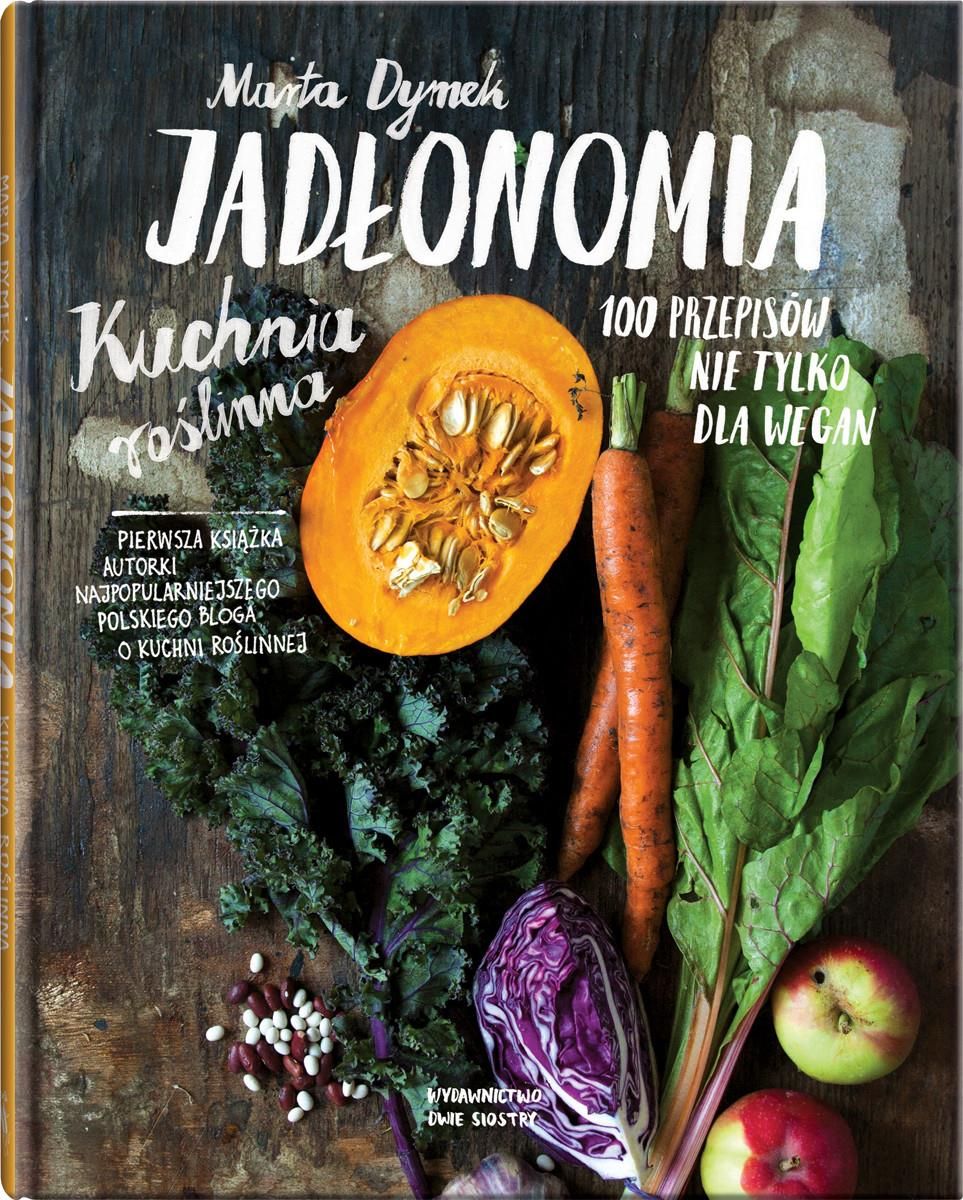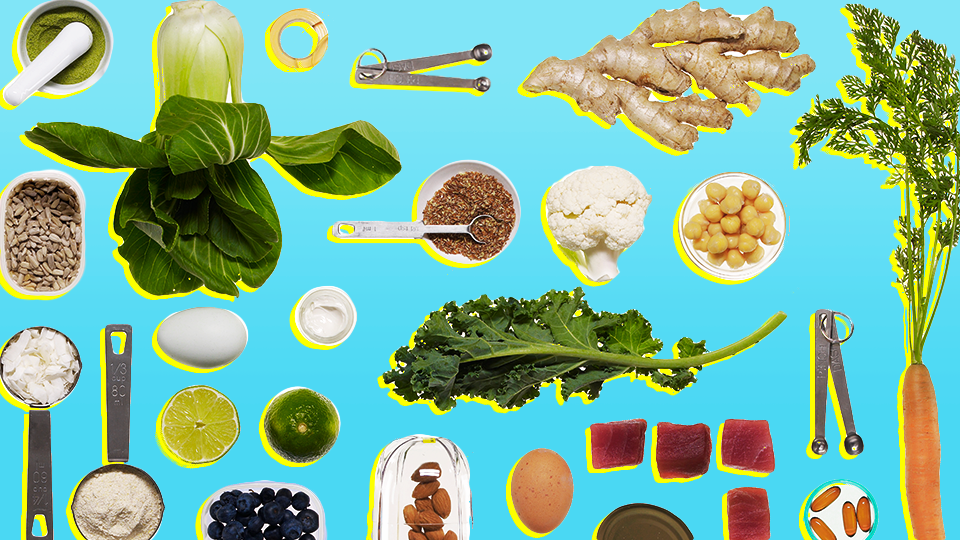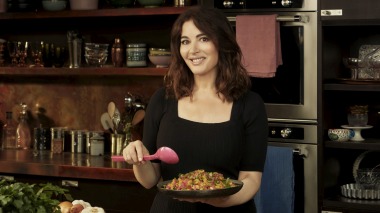
In my last article I talked about the importance of cooking skills 101 and how Chef de Cuisine Joey Delago explains each task along with its associated skill. I discussed the task-centred categories of cooking skills and their applications, including Activating yeast and making stocks. These skills are crucial for any cook, and a list can help you decide which ones to master and which ones to ignore. I will be discussing some of the skills that you should have before you can embark on the next step in your culinary journey.
Chef de Cuisine Joey DeLago's cooking skills 101 class
If you've ever wanted to learn how to cook like a professional, Chef de Cuisine Joey DeLago'S cooking skills 101 class can teach you the basics. This hands-on class focuses on the basic culinary skills you need to make a multi-course meal in a pinch. Joey will be sharing tips and tricks about planning, timing, presentation, prepping, and timing. Plus, you will be able to share the finished meal with other home-cooks!
Category-based cooking skills
According to the Food Agency, cooking skills are a combination of skills and knowledge that can be used to create a healthy diet. This framework recognizes many barriers to healthy diets lie in the environment. But it focuses primarily on encouraging food skills through the implementation of appropriate measures. These measures need to be easily understood, related to other domains, and applicable across a wide variety of sociodemographic groups. The following four categories are designed to address some of most pressing issues concerning food skills.

Activating yeast
You'll need to activate yeast before you can use it in cooking. You can warm your tap water and run a little hot water through the yeast to activate it. In some cases you may also need sugar or water. These are some ways to activate yeast. It's ready to use once the yeast has reached a bubbly stage. It is essential to activate yeast during cooking for baking success.
Making stocks
A stock can enhance the flavor of your meals and give depth to your dish. Stocks can be made from vegetables, meat, or fish and can also have Western or Asian origins. You can use bottled water to make your own stock, but you may want to try using filtered water found at the supermarket. There are many stock recipes, so it is important that you follow some basic guidelines in order to make your stock as flavorful as possible.
Making whipped cream
Whipped cream makes a great topping for a dessert or cake. This classic dessert is simple to make but you need to be careful. It looks almost like slightly melted ice-cream, but it is not. Whipping cream should not be stiff and sloppy. It should form a soft, fluffy, curled peak that sticks well to the whisk. You can make soft peaks by whipping the cream with a wooden spoon until it holds its form and doesn't slack.

Melting chocolate
You should learn how to melt chocolate to make delicious desserts. This is a complex task. We have some tips that will help you speed up the process and make sure it's done correctly. First, it is important to understand the correct technique. There are two options for melting chocolate: the double boiler method or the microwave method. Double boiler method involves using a heatproof bowl or pan with a glass or stainless steel bottom nestled over a saucepan of simmering water. You should use this method slowly and avoid letting the water splash into your bowl.
FAQ
How much does it cost to go to culinary school?
Costs for culinary school vary depending on where you live, how long you study and which program you choose. Tuition costs range from $10,000 to $30,000. The average student graduates with $20,000 in debt. Some programs offer work-study, grants, scholarships and grants.
What ingredients do I need to purchase to cook?
You don't need to buy every ingredient. Many grocery stores carry pre-made sauces and items that can be used as substitutes. However, you can save money by buying pre-made meals.
What is the minimum requirement to become a chef?
No. No. Some even went to culinary schools to gain practical experience. However, most chefs prefer to attend culinary school because it gives them more opportunities to learn and grow professionally. Culinary schools provide hands-on training that helps students develop valuable skills and enhance their culinary knowledge.
How Long Does It Take to Be a Chef? What is the average career track?
Becoming a chef takes approximately five years. During this time, you will study basic cooking techniques and gain experience working as a kitchen assistant. Once you have completed your training, you may apply for executive, sous, and line chef positions. The average salary for a chef ranges from $25,000 to $60,000 per year.
How Can I Get Hired As a Cook?
It is possible to get a job in the kitchen by word of mouth. You might be able to find out about a restaurant looking for additional staff through your family and friends. A lot of restaurants also advertise their openings on bulletin boards or websites.
Statistics
External Links
How To
How to make the perfect omelet
Omelets are a favorite breakfast food of mine. How can you make them perfectly? There are many recipes and methods I tried, but none worked. So I am sharing some tips and tricks today to help you make fluffy, delicious omelets every morning.
It is important to know that eggs can be temperamental when making omelets. You must get them fresh, organically, and keep them cold until you cook. They must be kept cool, otherwise the whites will not form properly and the yolks may become runny. This makes your omelets look weirdly colored. If you're going to cook them immediately, it is best if the eggs are still warm.
You can also separate the egg before you add it to the pan. The yolk and white should not be mixed together as this can cause the omelet's curdle.
The egg can burn if it is placed directly on the stovetop. Instead, put the egg in the microwave for 10 seconds before putting it into the pan. The microwave heat will cook the egg just right without making it too hot.
Next, let's discuss mixing the eggs. You want to mix the eggs thoroughly before you add them. Turn the bowl upside down and grab the whisk to do this. Then, vigorously shake the bowl. The egg will be thoroughly mixed in the bowl as the air is whipped.
Now it's time to have fun: pour the milk into the mixture. Pour half the milk into the beaten egg mixture and then fold in the eggs. You don't need to worry if streaks remain. They will disappear once you flip your omelet.
After folding the eggs, place the pan on medium heat and wait for the oil to start sizzling. Once the oil starts getting hot, add 1/4 cup of butter to the pan and swirl it around to coat the entire surface of the pan. The lid should be carefully opened. Sprinkle salt in the pan. A pinch of salt will help prevent the omelet from sticking to the pan.
Cover the pan once you have formed the omelet. Wait for the top to set. Use a spatula to flip the omelet or turn the pan upside-down. Cook the other side for about a minute. Serve immediately after removing the omelet from its pan.
This recipe works best when you use whole milk.